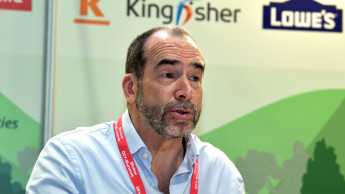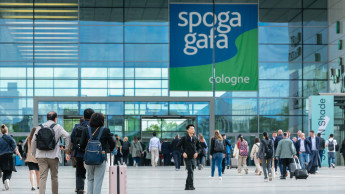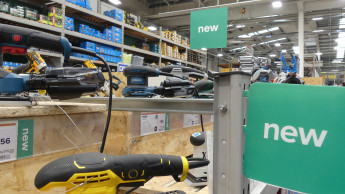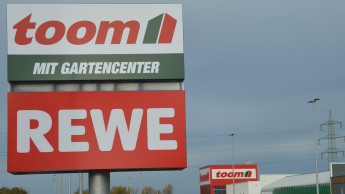

deep insights, facts & figures

Philips has opened its Lumiblade Creative Lab for OLED lighting technology. The first products for the mass market are at the developmental stage
Philips has opened the Lumiblade Creative Lab in Aachen on the premises of its former picture tube factory. The aim of this visionary lab is to bring together professionals from the widest possible range of creative backgrounds in order to unlock the tremendous potential of OLED (organic light-emitting diode) technology. This has resulted in the establishment of a centre where luminaire manufacturers, lighting designers, developers, creative thinkers and other partners in the industry can exchange ideas and work together on concrete projects. “The Lumiblade Creative Lab is not intended to be an abstract concept, but a real workshop where experts in the fields of lighting, electronics and materials work together to provide support and advice for designers on developing applications for OLED-based products,” says Kristin Knappstein, head of business creation Philips Lumiblade. Furthermore, the idea is to develop projects beyond the design stage to a prototype or even small-scale production series. In addition to areas where the existing developments are on display, the creative lab also offers workshops, a material library and a lounge area for forum discussions. OLEDs emit surface light, which makes it possible to create an extremely uniform base lighting effect. This is in direct contrast to LEDs and incandescent lamps, which are point source lights suitable for highlighting particular spaces, objects or pictures. Which means that there is no competition between OLEDs and LEDs: in fact, they complement each other. Since OLEDs are extremely flat, they are especially suitable for integration into flat surfaces as in furniture, for instance. “In the future it will also be possible to illuminate large spatial areas like windows or entire walls,” says Knappstein. “Flexible OLEDs are also part of our vision for the future: ceilings, wallpaper or curtains that shimmer with lustrous colour, glass walls that glow at the touch of a switch, or windows that emit a subtle light as darkness descends.” One example that is frequently mentioned is the integration of transparent OLEDs into glass for use in windows and glass partition walls where they emit controllable surface light that can then be switched between transparent and bright, and dimmed to all stages in-between. It is also possible to imagine an entirely new type of spatial lighting, where the light no longer comes from overhead in the usual way from spots in the ceiling, but is beamed into the room sideways…
Related articles
Read also

 Menü
Menü












 Newsletter
Newsletter